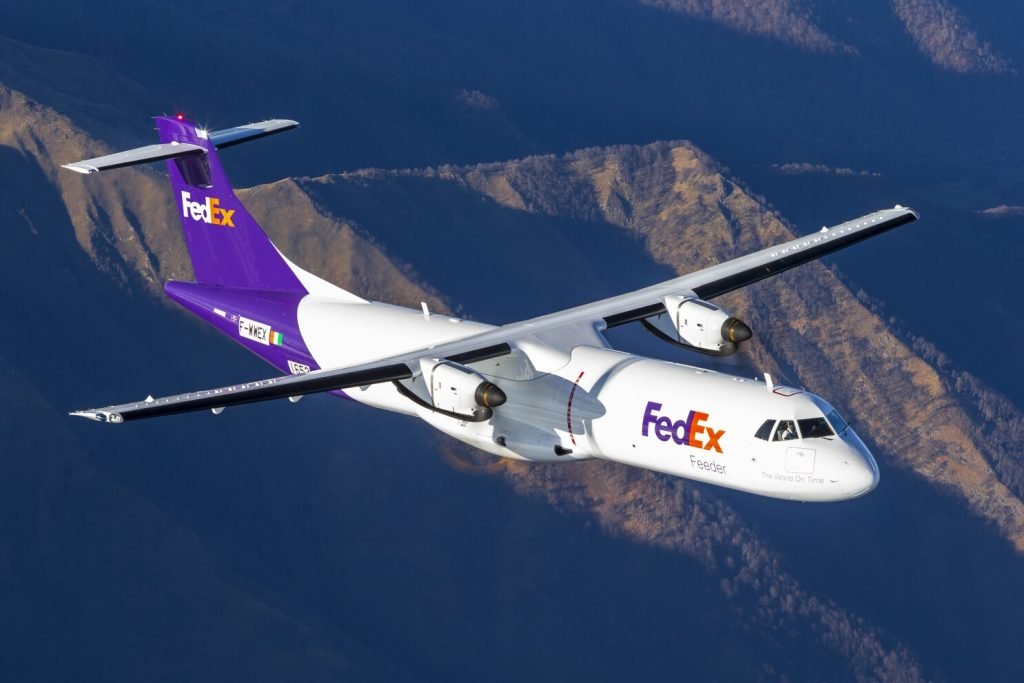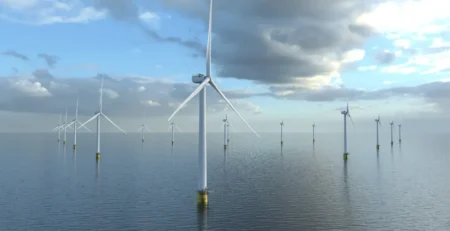FedEx Redefines Regional Air Strategy with New ATR Fleet and Extended MD-11 Lifespan

By Eva Richardson | The Logistic News
April 15, 2025
In a strategic move reflecting the shifting realities of global freight, FedEx Express has announced a double-edged update to its fleet strategy: the expansion of its ATR 72-600F aircraft for regional operations and the extension of the MD-11 freighter lifespan through 2032.
The decision, aimed at optimizing flexibility, emissions efficiency, and cost control, reinforces FedEx’s commitment to serving a hybrid network of high-volume intercontinental lanes and rapidly growing regional markets.
“In today’s logistics environment, fleet flexibility isn’t just a strength—it’s a necessity,” said a senior executive from FedEx Express. “We’re future-proofing both our long-haul operations and regional agility.”
ATRs to Power the Next Generation of Regional Logistics
The ATR 72-600F, purpose-built for freight operations, is set to bolster FedEx’s short-haul network across Asia, Europe, and Latin America, where demand is surging for fast, point-to-point cargo deliveries outside of major hubs.
These turboprop aircraft offer:
-
Up to 9 tonnes of payload capacity
-
Access to shorter runways and rural airports
-
Fuel burn up to 40% lower than comparable regional jets
-
Enhanced reliability and dispatch flexibility
The new ATRs are expected to be phased in by Q4 2025 and operated through FedEx’s extensive feeder network partners, many of which specialize in underserved or last-mile cargo routing.
“It’s about connecting the global to the local with maximum efficiency,” said logistics analyst Clara Menendez. “And turboprops are uniquely positioned to do that in today’s cost-sensitive, emissions-conscious market.”
The MD-11 Lives On: A Strategic Delay in Retirement
Initially slated for full retirement by 2028, FedEx’s legacy MD-11 trijets will now remain in service through 2032, supporting long-haul transpacific and transatlantic routes where high-capacity uplift and range are critical.
The shift reflects both operational reliability and strategic caution as the company navigates a slower-than-expected freighter replacement cycle and fluctuating e-commerce volumes.
While less fuel-efficient than newer widebody freighters like the B777F, the MD-11s have proven mechanically resilient and continue to support high-density lanes with consistent margins.
“With the right maintenance model and fuel strategy, the MD-11 is still a workhorse,” noted an industry fleet planner. “This extension buys FedEx time as it evaluates future technologies.”
A Balanced Approach in an Unstable Market
With this announcement, FedEx joins a growing list of carriers taking a more modular approach to fleet management, choosing to invest in both low-emission regional solutions and extend the lifecycle of capital-intensive long-haul assets.
The move also comes amid rising air cargo volumes in secondary markets, driven by health logistics, nearshoring, and the explosion of cross-border e-commerce in Tier 2 and Tier 3 cities worldwide.
FedEx’s strategy reflects a broader truth in aviation logistics: there is no one-size-fits-all aircraft anymore.
Conclusion
FedEx’s ATR expansion and MD-11 extension illustrate a nuanced recalibration of fleet priorities—one that blends innovation with pragmatism. As the freight industry faces pressure to decarbonize, economize, and digitize simultaneously, the express giant is opting for operational elasticity over premature replacement. In doing so, it continues to shape the evolving air cargo landscape from both ends of the runway.
Eva Richardson is a senior correspondent at The Logistic News, reporting on global fleet strategy, airfreight transformation, and the evolving economics of express logistics.
The post FedEx Redefines Regional Air Strategy with New ATR Fleet and Extended MD-11 Lifespan appeared first on The Logistic News.
Share this post
Related
Posts
Offshore Wind U-Turn Leaves U.S. Shipyards and Ports in the Lurch
Until a few months ago, shipyards along the U.S. coastline were humming with optimism. Welders were busy shaping hulls for...
Germany’s Logistics Sector Faces a Harder 2026
For months, German freight operators had been hoping that 2025 would bring stability after years of turbulence. That optimism is...
Parcel Giants Feel the Pressure as New Tech Rivals Gain Ground
Every peak season tells a story, and this year’s one feels different. The familiar trio of global parcel leaders —...
CargoWise – Australia: The Unified Platform Powering Global Logistics
By Hakim Joaquim Sebbah, Senior Business Development Executive, CargoWise Australia The Backbone of a Connected Global Supply Chain In today’s world, logistics...





